When discussing sustainable, net-zero, healthy homes, we often talk about the envelope and mechanics of the house. But what about the interior? How can our interior finishes affect the house’s overall carbon footprint, indoor air quality, water and energy efficiency? What are some sustainable interior design choices we can make?
Let’s say you’ve just purchased one of our pre-drawn net zero house plans and are now looking at how you want to finish it off. In this post we will discuss 5 different sustainable choices you can make to create a better lived in environment.
1. No More Carpet!
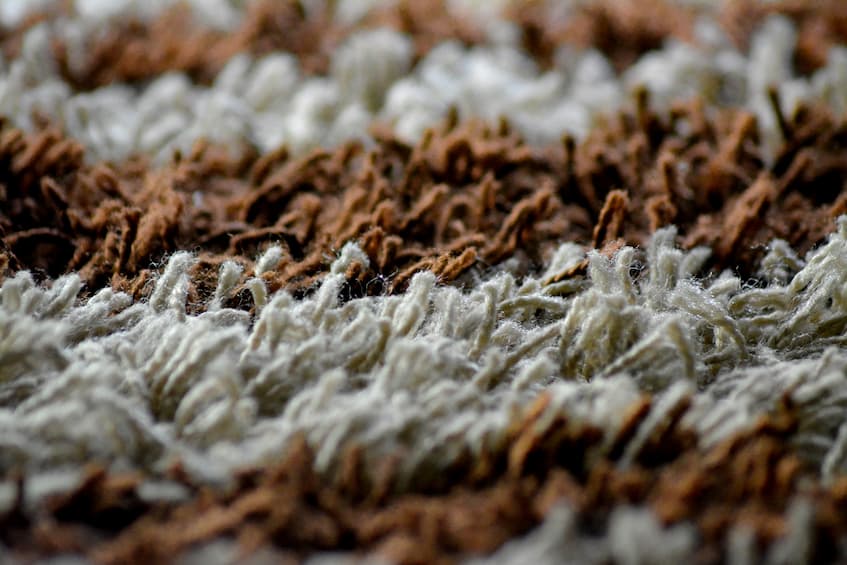
People love carpet. It’s undeniable. But the truth about carpet is it’s incredibly unsanitary and new carpet off-gases a lot of VOCs (volatile organic compounds) due to the nasty glues used in manufacturing. The VOCs are bad to breathe in and can cause various health problems. Shag and other high-pile carpets are the worst offenders for being unsanitary since they have so many nooks and crannies for pollutants to stick to. This then gets on you, your pets, and in the air as you walk on the carpet, allowing it to travel to places like your bed, clothing and your lungs when you breathe it in and on your hands and face. Not to mention that most carpets are made of a synthetic material which creates micro-plastics and is generally not sustainable.
While you can opt for a low-pile natural wool carpet to lower the VOC emissions and eliminate the issues that come with synthetic materials, wool carpet will still capture pollutants and tends to have a higher risk of bug infestations. So sustainable interior design says the best option is to use a hard surface!
2. Solid Wood Trim Over MDF
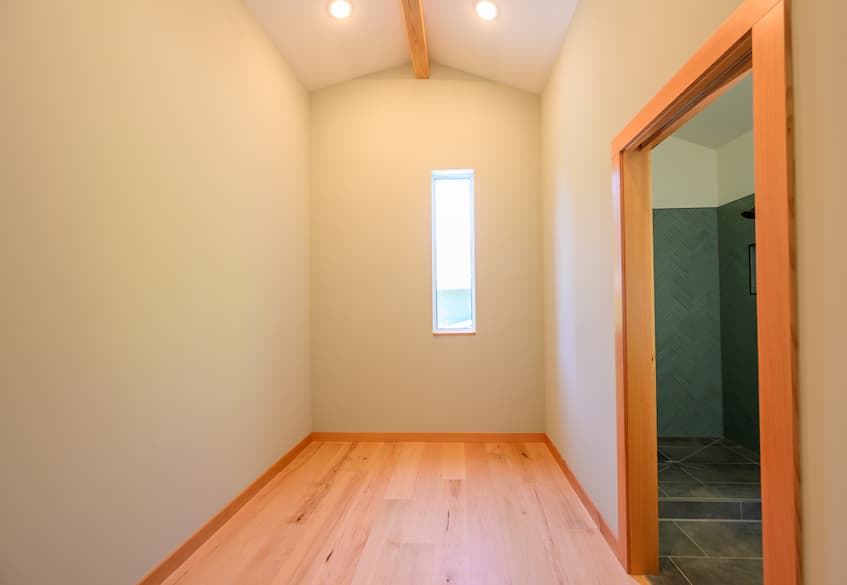
MDF is a popular low-budget trim option that is readily available. There is even a formaldehyde-free MDF option for those who want something with slightly less VOC emissions. However, MDF as a whole is a highly manufactured product. It contains lots of harmful chemicals that aren’t ideal for putting in a home. Moreover, MDF soaks up water very easily which quickly leads to moldy trim. So especially for bathrooms, kitchens and around entrances, you are bound to end up having to replace the trim as it gets exposed to daily life.
In sustainable interior design, the better option is to install solid wood trim. If cost is the main reason you’re leaning towards MDF, then take a look at FJP (finger-joint pine). It’s a very cost effective alternative and is often painted to give them same aesthetic as MDF without all the issues. A slight step up in cost from FJP is hemlock which can be clear coated to create a beautifully light warm toned trim. Then a step above that is fir which can also be clear coated and is richer in color than hemlock. Both woods can be locally harvested here in the PNW which means lower carbon footprint!
3. LED Light Fixtures
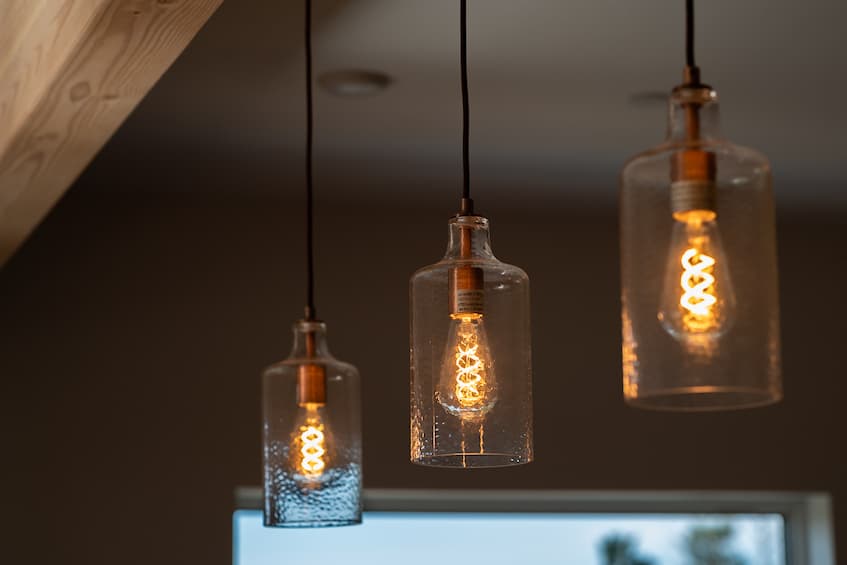
We’ve heard it before, but it bears repeating – LED light bulbs are significantly more energy efficient than standard incandescent and CFL bulbs. They also last a lot longer which means less material waste. Plus, anytime you reduce your energy usage you are lowering your utility bills while also reducing your operational carbon. An easy win for sustainable interior design.
4. WaterSense and Low-Flow Plumbing Fixtures
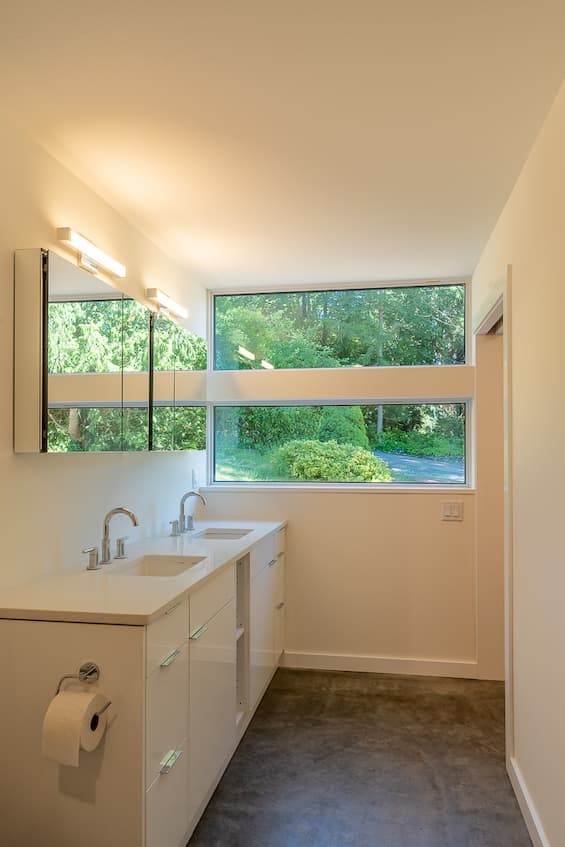
When choosing your faucets, shower heads and toilets, an easy thing to look out for is whether or not the item you’re interested in purchasing is WaterSense certified. If it is, it means that it is certified to be low-flow and thereby more water efficient than standard fixtures. To put this into perspective, consider this fact from the EPA, “The average shower lasts about eight minutes. Since the average showerhead has a water flow of 2.1 gallons per minute, each shower uses more than 16 gallons of water!” Now if you calculate the water usage on a low-flow shower head that uses 1.75 gallons per minute, you’ve just saved about 3 gallons of water per shower. Assuming you shower every day, that adds up to 1,022 gallons per year! Not only will that help your water bill, but the environment too.
5. Induction Stove
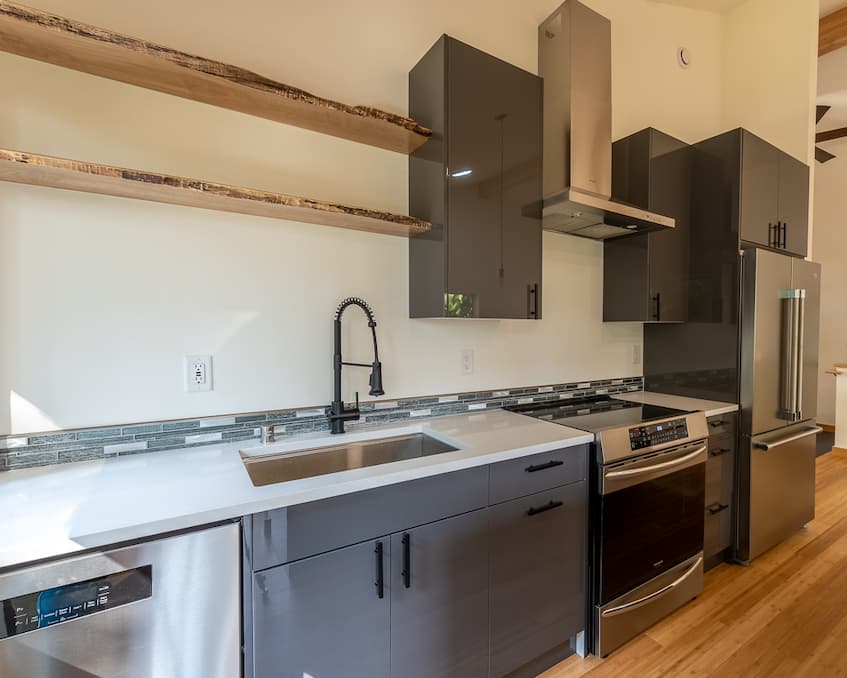
At Powerhouse Design and TC Legend Homes, we require our clients to choose only induction stoves as opposed to a gas stove or standard electric stove for a couple different reasons. Firstly, gas appliances will always leak some level of natural gas into your house. But don’t be fooled by the name, there’s nothing good about natural gas. It is pollutant that should not be breathed in and is a fossil fuel, which means the process of extracting the gas causes a great deal of harm to the environment. Secondly, standard electric stoves, while better than gas stoves, are not very energy efficient. So to reduce your energy consumption, and thereby your operational carbon and energy bills, the best option is an induction stove.
There are many small sustainable interior design choices you can make to increase your homes efficiency and indoor air quality, while decreasing your carbon footprint.
We’re Happy to Help
At Powerhouse Designs, we embrace the potential of net zero homes to create sustainable and efficient living spaces.
Whether you choose our ready-made net zero house plans or require a custom design tailored to your specific needs, our team of knowledgeable designers is here to guide you every step of the way. Building a net zero home is an inspiring journey that positively impacts both your lifestyle and the environment. Contact us today to start down your own net zero path!
